The question mark is one of the simplest punctuation marks in English, but most writers find it difficult to use correctly.
It does not just sit at the end of a sentence. It is an indicator of interest, it initiates a conversation, and brings writing to life.
It assists the reader when used properly, in that the reader is requesting information and not merely delivering a statement.
Between direct and embedded questions, and interactions with question marks, learning how to use this punctuation mark demands a consideration of nuance.
We will then deconstruct the fundamentals in this guide with examples you can use immediately.
Key Takeaways
- Direct questions are ended by a question mark, but the indirect ones are not.
- Avoid multiple question marks in formal or professional writing.
- Do not attach a question mark to statements or commands.
- Use bracketed question marks to show uncertainty in facts.
- A single question mark signals your interrogative intent effectively.
What Is a Question Mark?
A question mark is a punctuation mark that denotes an interrogative sentence or clause.
It acts as an indicator that what has been written before contains
- a question,
- seeks information, or
- expresses doubts.
The question mark is also interactive because it asks the listener to reply, unlike periods that present statements or exclamation marks that show a high level of emotion.
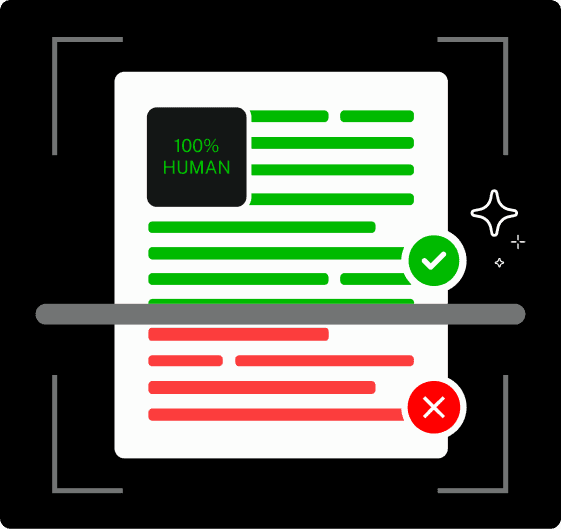
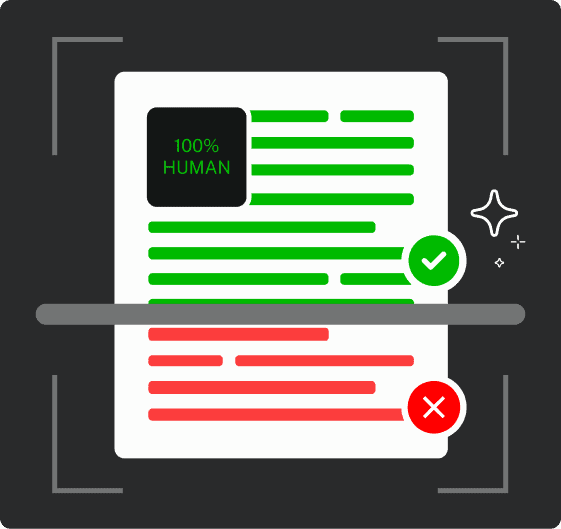
Never Worry About AI Detecting Your Texts Again. Undetectable AI Can Help You:
- Make your AI assisted writing appear human-like.
- Bypass all major AI detection tools with just one click.
- Use AI safely and confidently in school and work.
The use of the question mark in modern writings occurs in many contexts other than mere questions.
It may be an indicator of uncertainty, provide rhetorical effect, or imply an intonation of rise in a conversation.
When to Use a Question Mark
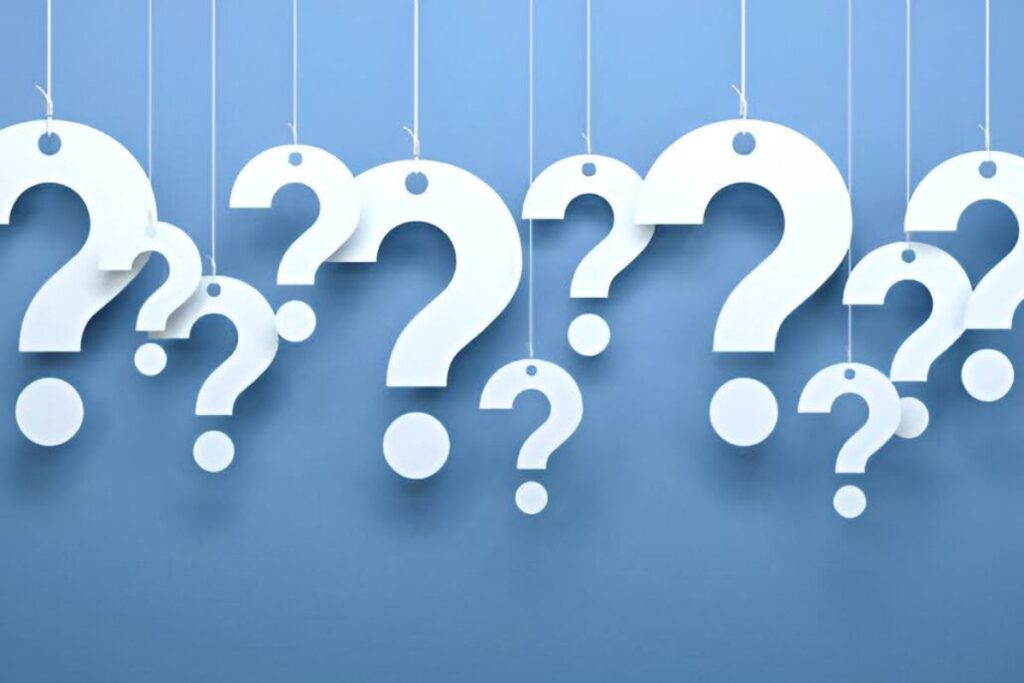
To know when to use question marks, one needs to understand the various forms of the interrogative sentences.
The basic principle is very simple in that when you put a question mark at the end of any sentence, you’re doing a couple of things.
Below, you’ll get to know how to use it properly.
Direct Questions
The simplest use is for direct questions.
These are sentences that demand information outright and must have an interrogative mark, no matter how they are written:
- What is the time of the meeting?
- Do you go to dinner tonight?
- What path are we supposed to use to escape traffic?
Yes/No Questions
Questions to which yes or no is adequate always require the question mark:
- Did you finish the report?
- Is the restaurant still open?
- Is it possible to postpone until tomorrow?
Choice Questions
The question mark will indicate that an option must be selected:
- Do you take coffee or tea?
- Driving or train?
- Would you rather have the red or the blue shirt?
Rhetorical Questions
Rhetorical questions do not presuppose an answer but still need to have a question mark to be interrogative:
- Isn’t life just unpredictable?
- Who doesn’t love a good story?
- Why bother to worry about things we cannot control?
Tag Questions
Even in the instances where the main clause is declarative, short questions added to statements should be followed by question marks:
- She’s a talented writer, don’t you think?
- You are attending the party, aren’t you?
- It is a beautiful day, isn’t it?
In case you want to see more extended samples of the various kinds of sentences that contain question marks, we suggest using our AI Paragraph Generator.
It can generate variations in a short time and illustrate how this punctuation mark can be applied in various contexts.
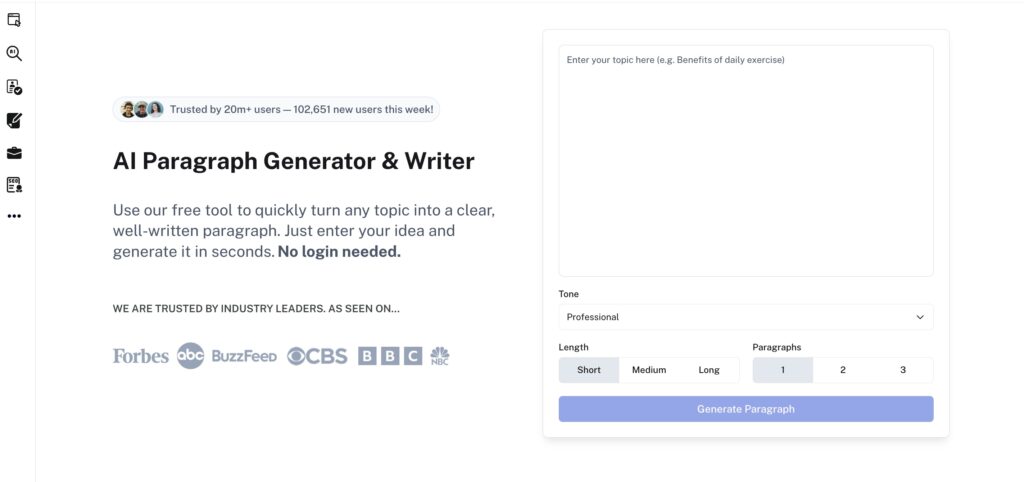
When Not to Use a Question Mark
A question mark is simple to place in the wrong places. Most authors place question marks in the wrong places, thereby confusing their audience.
Indirect Questions
Indirect questions report or describe a question. They don’t ask it. These statements don’t have a question mark as they function as declarative sentences.
- Incorrect: She asked me what time the movie starts?
Correct: She asked me what time the movie starts.
- Incorrect: I wonder if it will rain tomorrow?
Correct: I wonder if it will rain tomorrow. - Incorrect: He wanted to know where I bought my jacket?
Correct: He wanted to know where I bought my jacket.
Polite Requests
Sentences that contain polite requests in question form ought to be followed by periods at the end rather than by question marks.
- Incorrect: Would you please close the door?
Correct: Would you please close the door. - Incorrect: Could you send me the report by Friday?
Correct: Could you send me the report by Friday.
Declarative Statements with Rising Intonation
We raise our voice at the end of sentences to show uncertainty.
However, in writing, resist the urge to add question marks to such sentences.
- Incorrect: I think the meeting is at three o’clock?
- Correct: I think the meeting is at three o’clock.
You can use our Paragraph Rewriter to identify and fix misuse of question marks in sentences. This will be especially helpful if you struggle with spotting question mark placement.
In effect, you’ll get clear and polished content.

Advanced Uses of Question Marks
The question mark has advanced features in addition to everyday usage, and this is what most writers fail to acknowledge.
The question mark serves other functions in professional and creative writing.
Question Marks in Quotations
The placement of the question mark depends on two things.
This could be whether the question belongs to the quoted material or the surrounding sentence.
- Question within quotation:
- She asked, “What time does the store close?”
- The sign read, “Are you ready for summer?”
- Question about the quotation:
- Did she really say, “I’ll be there at noon”?
- Who wrote, “To be or not to be”?
Questions Within Parentheses
The use of question marks within parentheses can add commentary or express doubt about information in the sentence.
- The meeting lasted three hours (can you believe it?) before we reached a decision.
- He claimed to be an expert chef (really?) but burned the toast.
Uncertain Information
Question marks in parentheses, when used in technical writing, indicate uncertain information that has yet to be verified.
- Shakespeare was born in 1564 (?) in Stratford-upon-Avon.
- The manuscript dates to approximately 1200 (?).
Our Rewording Tool proves invaluable for making informal text more formal and error-free without losing clarity for writers moving between both contexts.
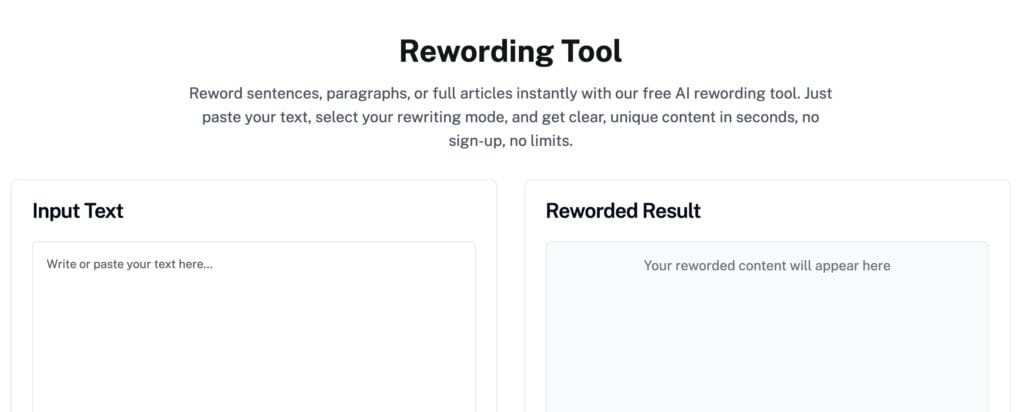
Common Mistakes With Question Marks
Common mistakes with question marks often stem from confusion about sentence structure.
You can avoid the following pitfalls and develop stronger punctuation skills once you understand the most frequent errors writers make with question marks.
Mistake 1: Adding Question Marks to Indirect Questions
The greatest mistake made is when writers assume reported questions are direct questions. This error occurs because in the original statement, there was a question.
However, in the reporting sentence, it becomes a declarative statement rather than a question.
- Incorrect: He asked me if I was coming to the party?
- Correct: He asked me if I was coming to the party.
The most important finding in this regard is the fact that “He asked me” creates a reporting structure. The whole sentence informs us about what it is that someone asked, as opposed to asking the question.
This indicates that you are saying something about the question that occurred in the past, not a question at present.
Mistake 2: Misplacing Question Marks in Compound Sentences
Another mistake that occurs is when you put a question mark at the end of a complete sentence that has a question just in a section.
This is wrong, as you can only put the question mark where you ask the question. This way, you can avoid clumsy or deceptive phrases.
- Incorrect: Did you finish the report, and I will send the email?
This is confusing because the second part isn’t a question. It’s a statement. The correct version separates the two ideas:
- Correct: Did you finish the report? I will send the email.
Mistake 3: Overusing Question Marks for Emphasis or Attitude
Many writers mistakenly believe that multiple question marks create stronger emphasis or convey attitude.
However, not in professional writing as it demands restraint with all punctuation marks. The question mark also follows this principle strictly.
- Incorrect: Are you kidding me???
- Correct: Are you kidding me?
One question mark is already an indication of the interrogative nature of your sentence. More question marks indicate a lack of knowledge of correct punctuation rules, as opposed to stress.
Should you be required to communicate strong emotion or disbelief, ensure to have more powerful words than using punctuation to do that heavy lifting.
Mistake 4: Confusing Polite Requests with Genuine Questions
Polite requests often use an interrogative format for commands. This doesn’t necessitate the use of a question mark.
- Incorrect: Could you please submit the report by Friday?
- Correct: Could you please submit the report by Friday.
The trick is to find out whether you are asking something or just being polite. Understand them as statements even when they are expressed in terms of yes or no. You do not want a yes-or-no answer; you want compliance.
Sentences can sometimes feel stiff or unnatural even after correcting the grammar.
To eliminate this issue, use our AI Humanizer to smooth edited sentences to sound natural and effortless to read.
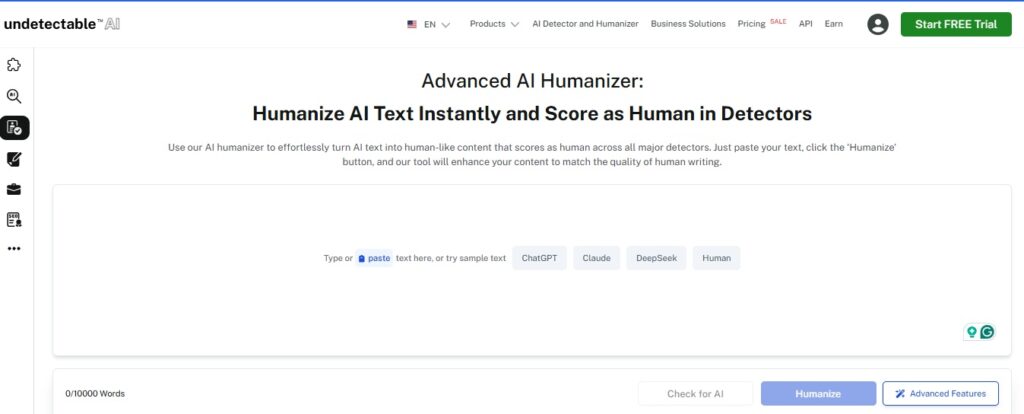
Question Marks in Different Contexts
Each context has its own conventions when it comes to punctuation marks, which writers have to adhere to.
Business Communication
Professional writing has a difference between questions and polite requests.
Information-seeking questions that are direct should be followed by question marks:
- “Can you give the quarterly sales by Thursday?”
Then, polite requests that are commands must be followed by periods:
- “Would you kindly refresh the client database.”
In writing up meetings or reports, questions should be written in indirect reports.
- “Thompson asked whether the marketing budget could accommodate the new campaign.”
Creative Writing
Fiction and poetry allow more flexibility with question marks. For instance, in dialogue, as a writer, your characters’ questions follow standard rules.
- “Where are we going?” she asked.
Then, if you’re to use rhetorical questions, these are to reveal character psychology.
- “Why did everything always go wrong for him?”
These internal questions don’t seek answers but expose mental states to readers.
Casual Writing
Question marks can be doubled or even tripled in casual writing (text message, social media post, and the like).
For instance,
- “Really???”
- “Are you kidding me????”
This is not a recommended style in a professional environment, but it is common in informal speech.
Academic Writing
Question marks are mostly applied in the research questions and direct quotes in academic papers.
Research questions are motivators of scholarly inquiry and must always take a question mark.
- How does the use of social media impact sleep patterns in adolescents?
When reporting on other researchers’ questions, transform them into statements. For example:
- Johnson and Smith (2019) investigated whether digital interventions could alleviate anxiety in college students.
For academic writing, however, precision matters. The use of question marks must be limited to the case of direct research questions or quotations.
As a way of maintaining the format between styles, such as APA and MLA, you could employ our Citation Generator, which ensures that your references are formatted accordingly.
Notably, you will find the right punctuation in the appropriate position in your papers.
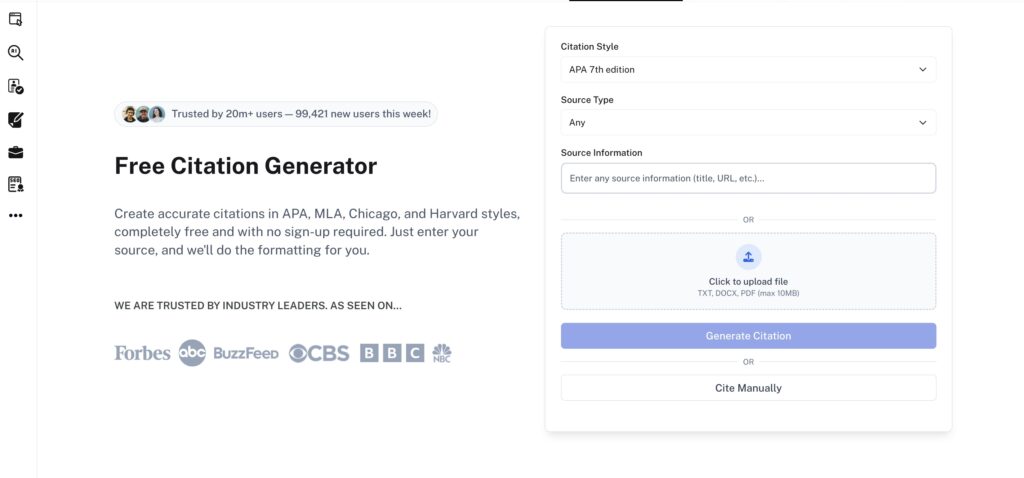
You can also use our Undetectable AI’s AI Checker to verify whether your grammar or example-based content was written by AI.
It helps ensure that your teaching materials and sample sentences remain authentically human, clear, and trustworthy.
Fun Facts About the Question Mark
The question mark is a very interesting punctuation, that possesses a curious history and some properties.
- Besides the normal question mark at the end of a question, the Spanish language has the inverted question mark (¿) at the beginning of the question.
- The question mark serves as a placeholder symbol in some programming languages and statistical formulas.
- The interrobang (‽) was invented in the 1960s as a combination of both a question mark and an exclamation mark. It never really caught on in formal writing.
- Repeating question marks often signals impatience or disbelief in online chats.
Start optimizing your content—use our AI Detector and Humanizer below.
Conclusion
The question mark is a significant factor when developing clarity and tone in your writing.
The awareness of the right usage of question marks makes your sentences accurate and readable.
Starting with straightforward direct questions to elaborate applications, this punctuation mark will help direct your readers to understand your message.
With this, you can eliminate the possibility of making the most frequent mistakes and using them in the appropriate context.
Before you finalize, try Undetectable AI’s Paragraph Generator for structured flow, Paragraph Rewriter for polished alternatives, Rewording Tool for clarity, and Citation Generator for academic accuracy.
This makes your writing more focused and leaves your readers with no guesses.
Undetectable AI ensures your writing stays sharp, accurate, and authentically human.
